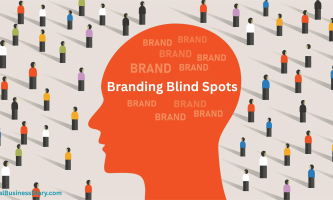10 Types Of Content Marketing You Can Use

Blog Posts:
Blogging is one of the most popular types of content marketing, and it can be a great way to attract and engage with an audience. Blogs can be used to share industry news, insights, and tips, as well as to promote products and services.
Infographics:
Infographics are a visually appealing way to present complex information in an easy-to-understand format. They can be used to educate and inform an audience about a particular topic.
Videos:
Video content is becoming increasingly popular and can be used to share product demos, tutorials, and other types of content. You can create an engaging video content for your platforms with the help of a web video editor, which contains pre-made templates to make it easy to create product demo videos.
Webinars:
Webinars are live or recorded presentations that can be used to educate an audience about a particular topic. They can also be used to promote products and services.
Case studies:
Case studies are a great way to showcase the success of a particular product or service. They can be used to demonstrate how a business has helped its customers solve a specific problem.

E-books:
E-books can be used to provide in-depth information about a particular topic. They are a great way to demonstrate thought leadership and establish a business as an authority in its industry.
White papers:
White papers are similar to e-books, but they tend to focus on a specific problem or solution. They can be used to provide detailed information about a particular product or service.
Social Media Posts:
Social media platforms like Facebook, Instagram, Twitter, and LinkedIn can be used to share all types of content, including blog posts, videos, and infographics.
Podcasts:
Podcasts are audio recordings that can be used to share information about a particular topic. They can be used to provide interviews and other types of content to an audience.
Interactive content:
Interactive content like quizzes, polls, and surveys can be used to engage an audience and gather valuable data and feedback.
These are just a few examples of the types of content marketing that businesses can use to attract and engage with an audience. The key is to find the content formats that work best for your business and your target audience.
In conclusion, content marketing is a powerful tool for businesses looking to attract and engage with their target audience. There are many different types of content marketing that businesses can use, including blog posts, infographics, videos, webinars, case studies, e-books, white papers, social media posts, podcasts, and interactive content.
By finding the right mix of content formats and topics, businesses can effectively communicate their message and establish themselves as thought leaders in their industry. Ultimately, effective content marketing can help businesses to generate leads, increase conversions, and drive revenue growth.
Additional:













